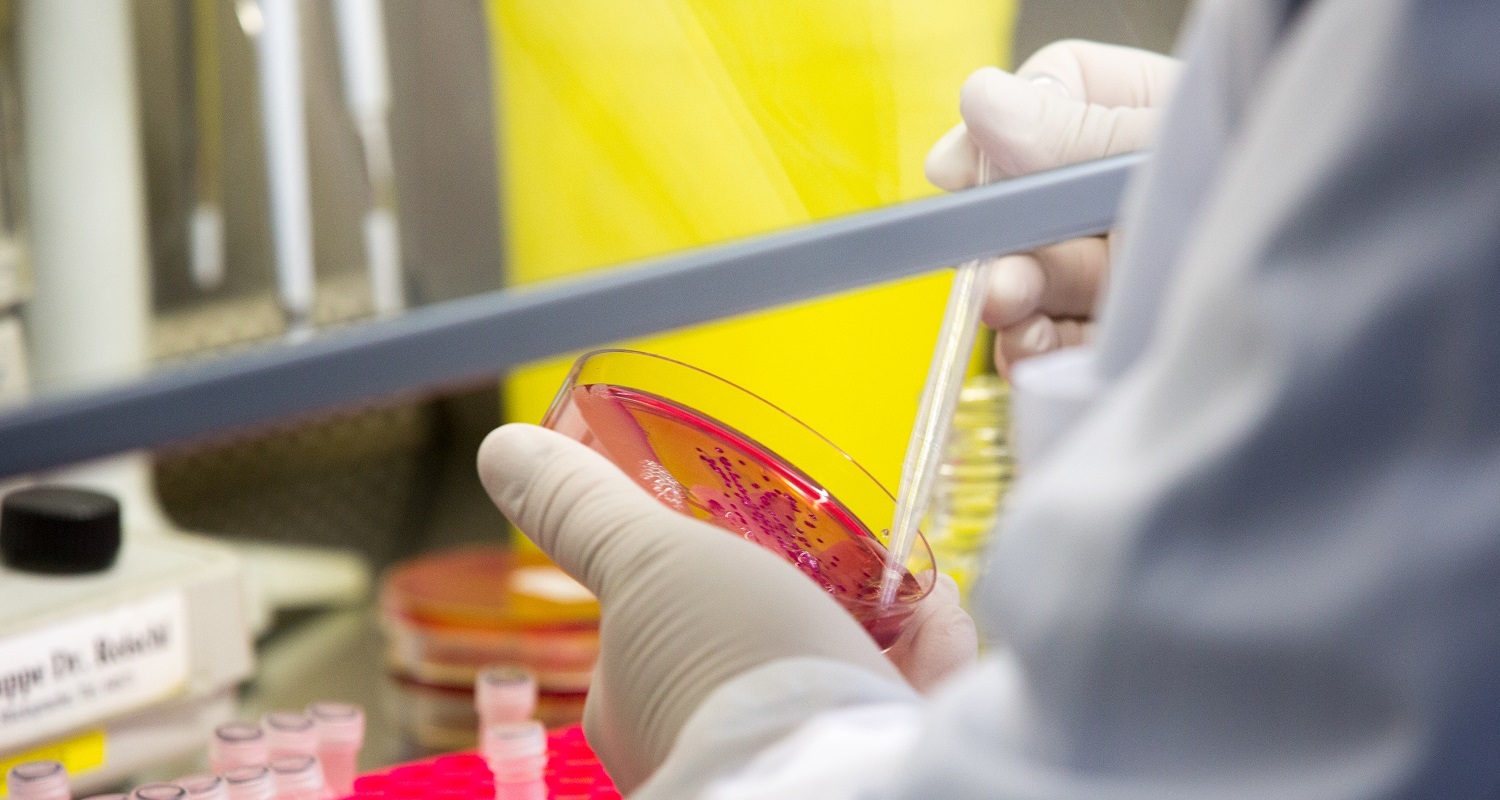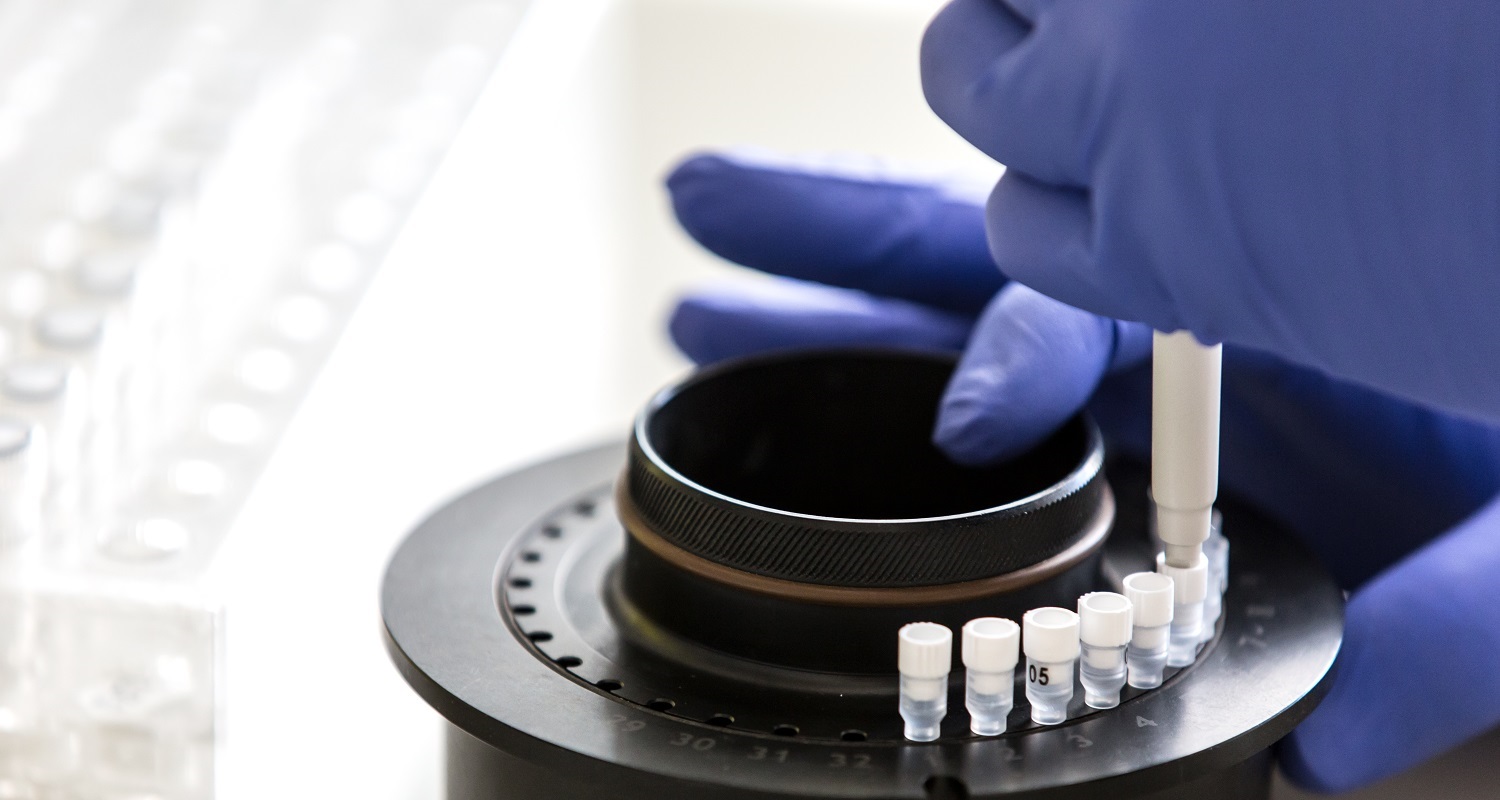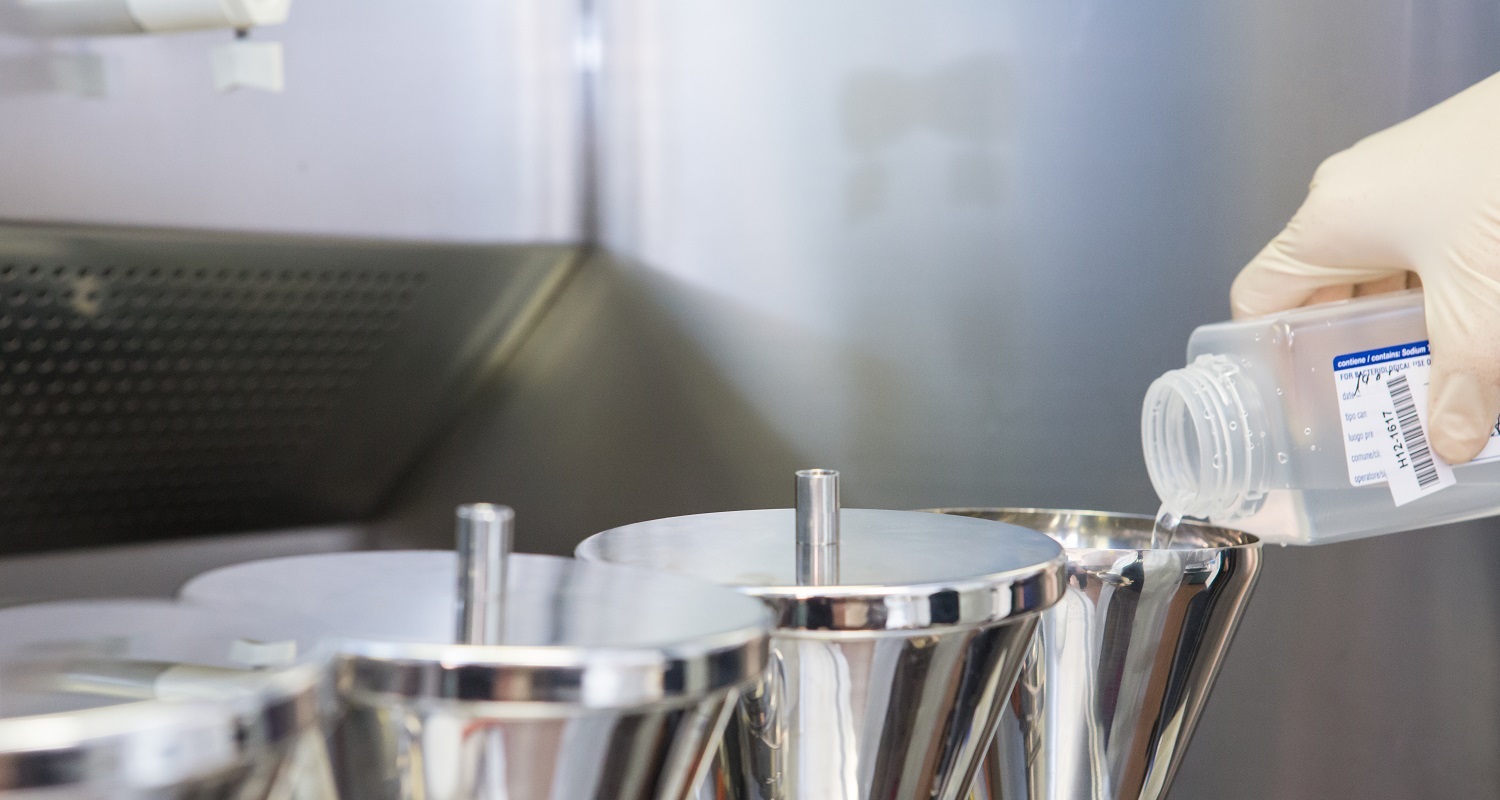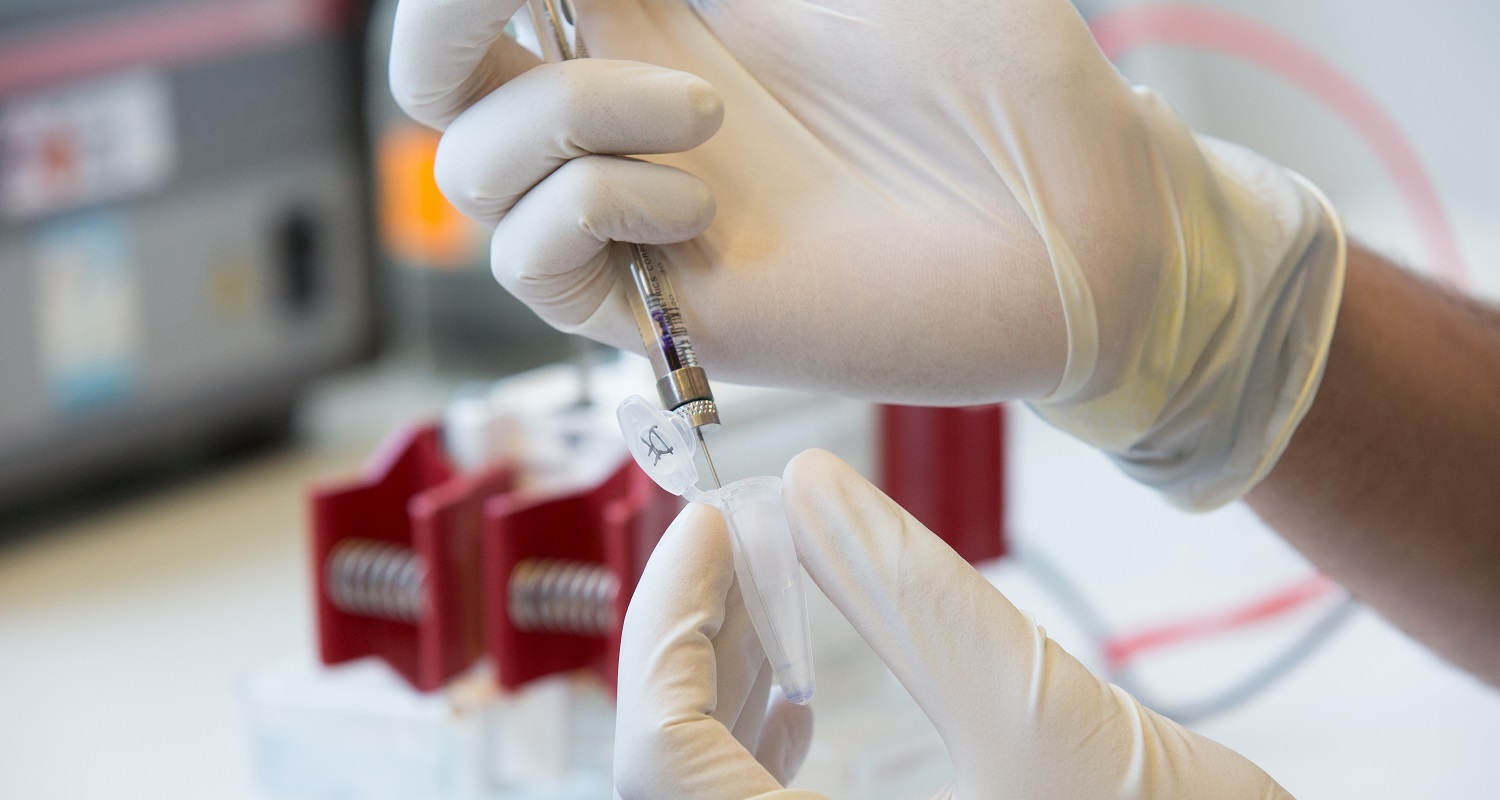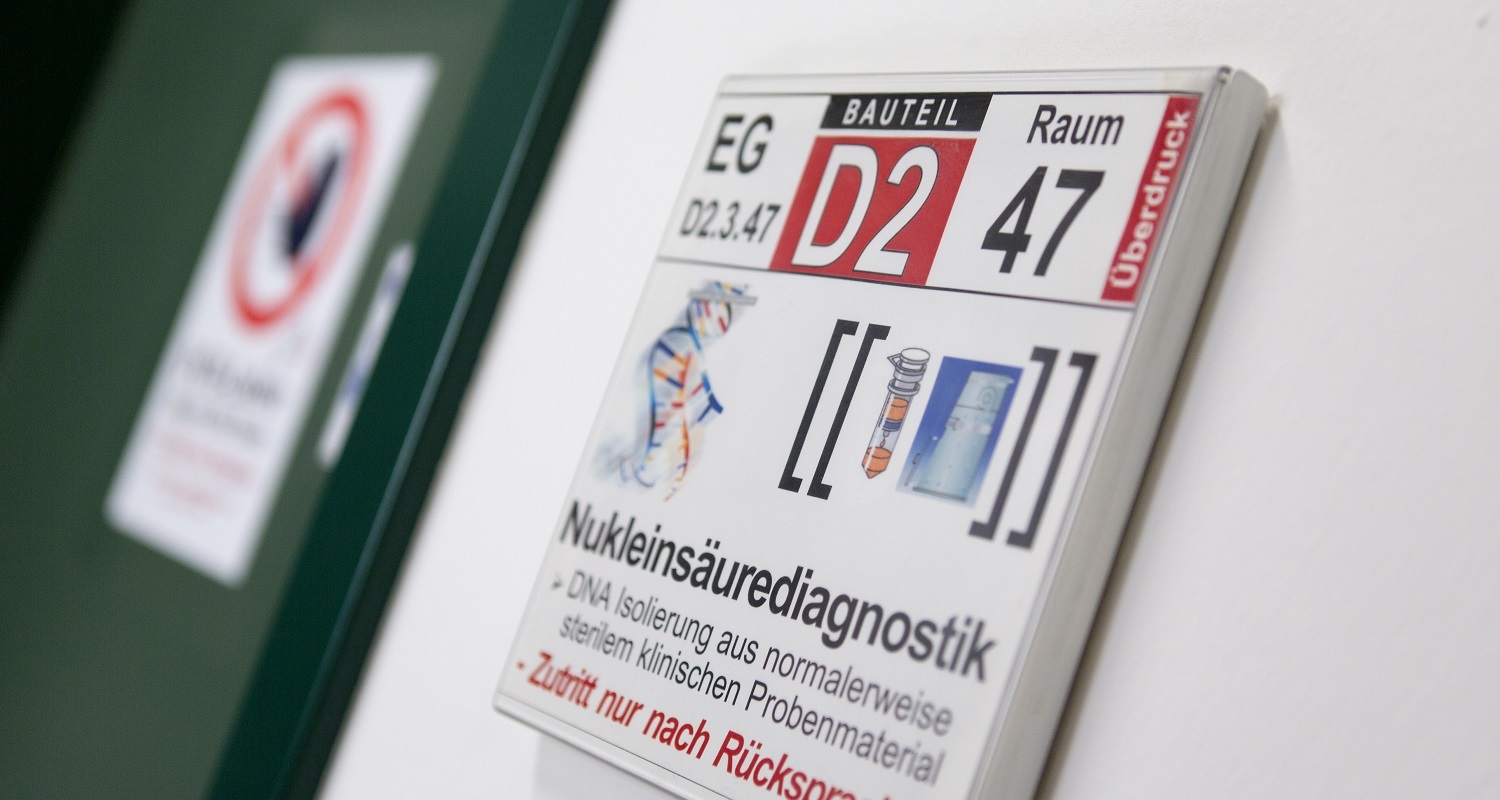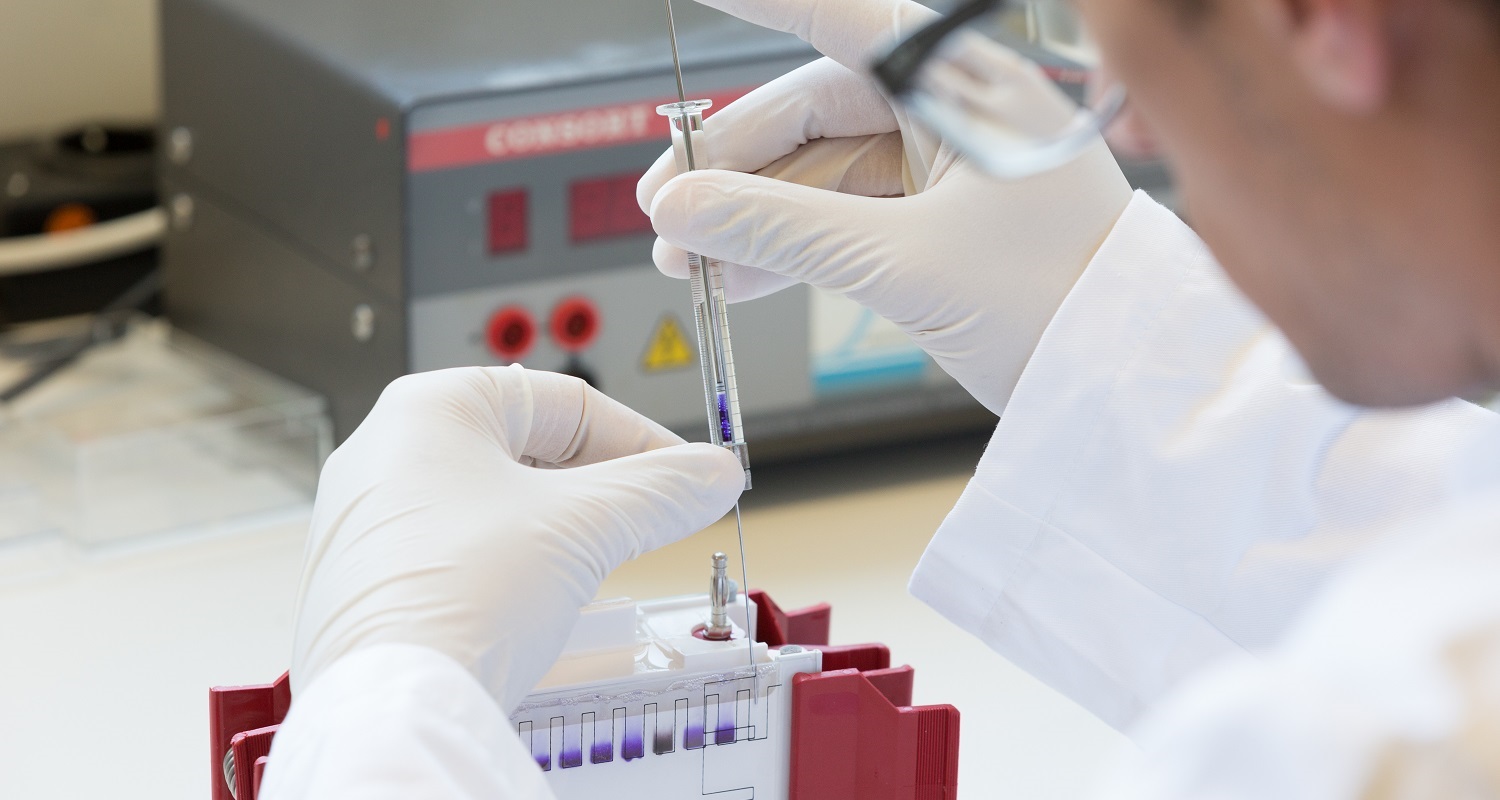Bactericidal/permeability increasing protein (BPI) belongs to the highly conserved family of lipid-transfer-proteins. BPI is synthesized early during myelopoiesis by granulocyte precursor cells of the bone marrow and is mainly stored in primary granules of neutrophil granulocytes and to a lesser extent in eosinophil granulocytes. More recently, expression of BPI could be shown in mucosal epithelial cells of the airways, intestinal tract, genitourinary system and the lacrimal duct as well as in fibroblasts. Its molecular mass is approximately 55-60 kDa and X-ray crystallography revealed a boomerang-shaped structure built up of two functional domains, characteristic for the BPI-family (Figure 1).

The cationic N-terminal domain is responsible for the entire bactericidal and bacteriostatic impact on gram-negative bacteria together with binding to lipopolysaccharide (LPS).
Compared to other LPS-binding proteins, BPI displays a higher affinity for the lipid A region of LPS. Thereby, it efficiently neutralizes endotoxin-mediated pro-inflammatory responses. Binding to bacteria increases membrane permeability, interrupts cell division and induces cell lysis. The C-terminal domain causes opsonization by the recruitment of complement factors resulting in an enhanced phagocytosis.
The importance of BPI in the innate immunity is highlighted by the known polymorphisms in the BPI-Gen. For instance, the chronic inflammatory bowel disease Morbus Crohn is associated with one of these polymorphisms. Patients show an increased expression of BPI. In patients with sepsis the expression of BPI positively correlates with the degree of the clinical course. Despite the initial description of BPI in the late 1970s there are no publications describing the role of endogenously produced BPI in infections. The assigned purpose of this project is a more detailed insight into the functions of this highly conserved defense protein during infectious diseases based on experiments with our newly designed BPI-knockout (Figure 2) and -transgenic-humanized mouse models.

- Expression, purification and functional characterization of recombinant BPI-variants
- BPI as novel biomarker
- Role of BPI in infectious diseases: Antimicrobial versus immunmodulatory role, studies in newly generated mouse models
- BPI as microbiome-modulator
For more informations:
Holweg A, Schnare M, Gessner A (2011) The bactericidal/permeability-increasing protein (BPI) in the innate defence of the lower airways. Biochem Soc Trans 39:1045-50
